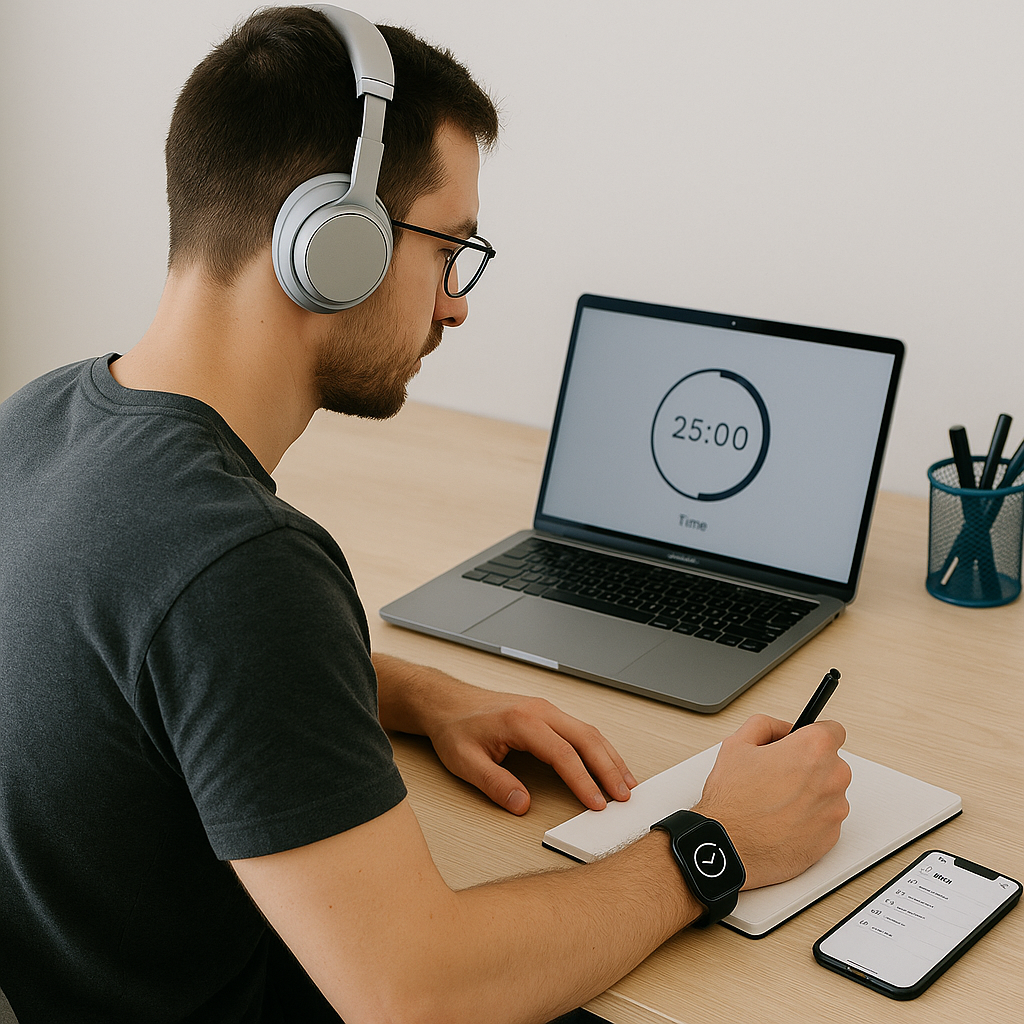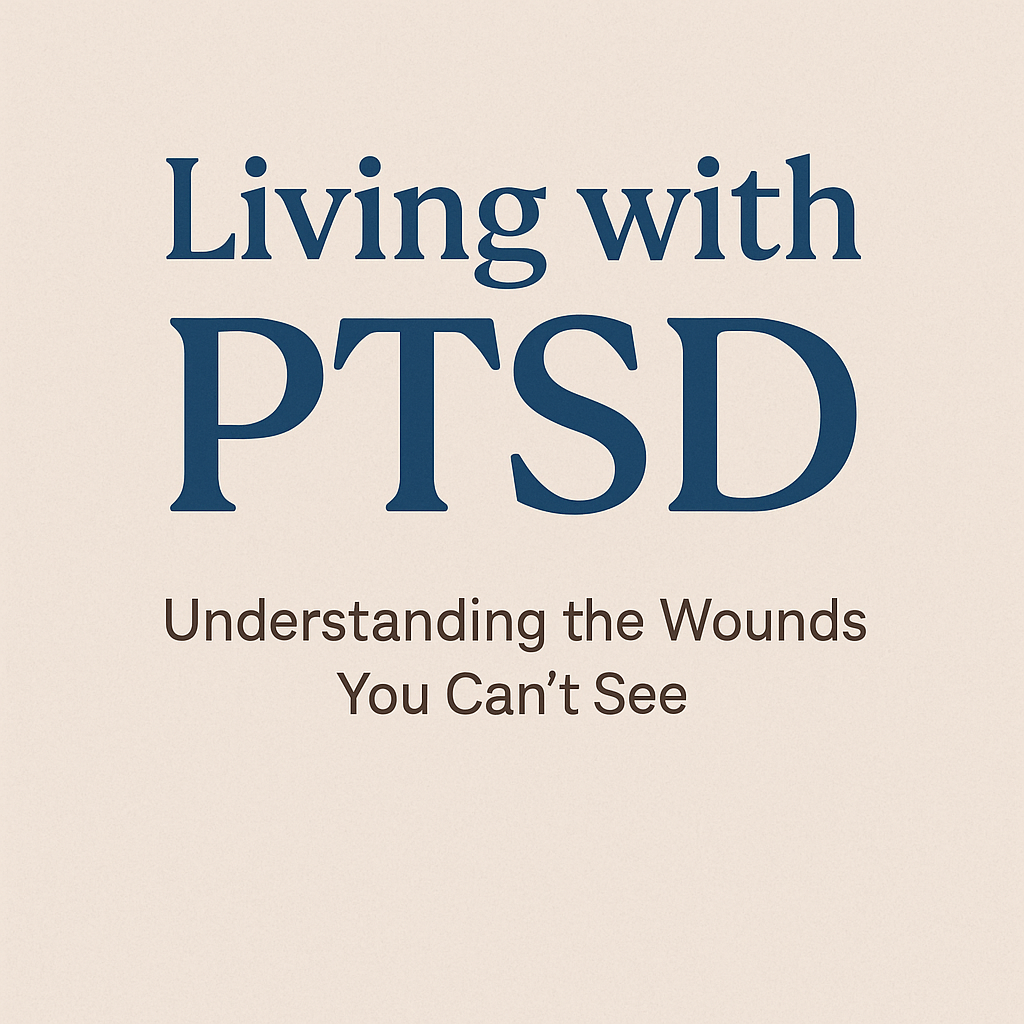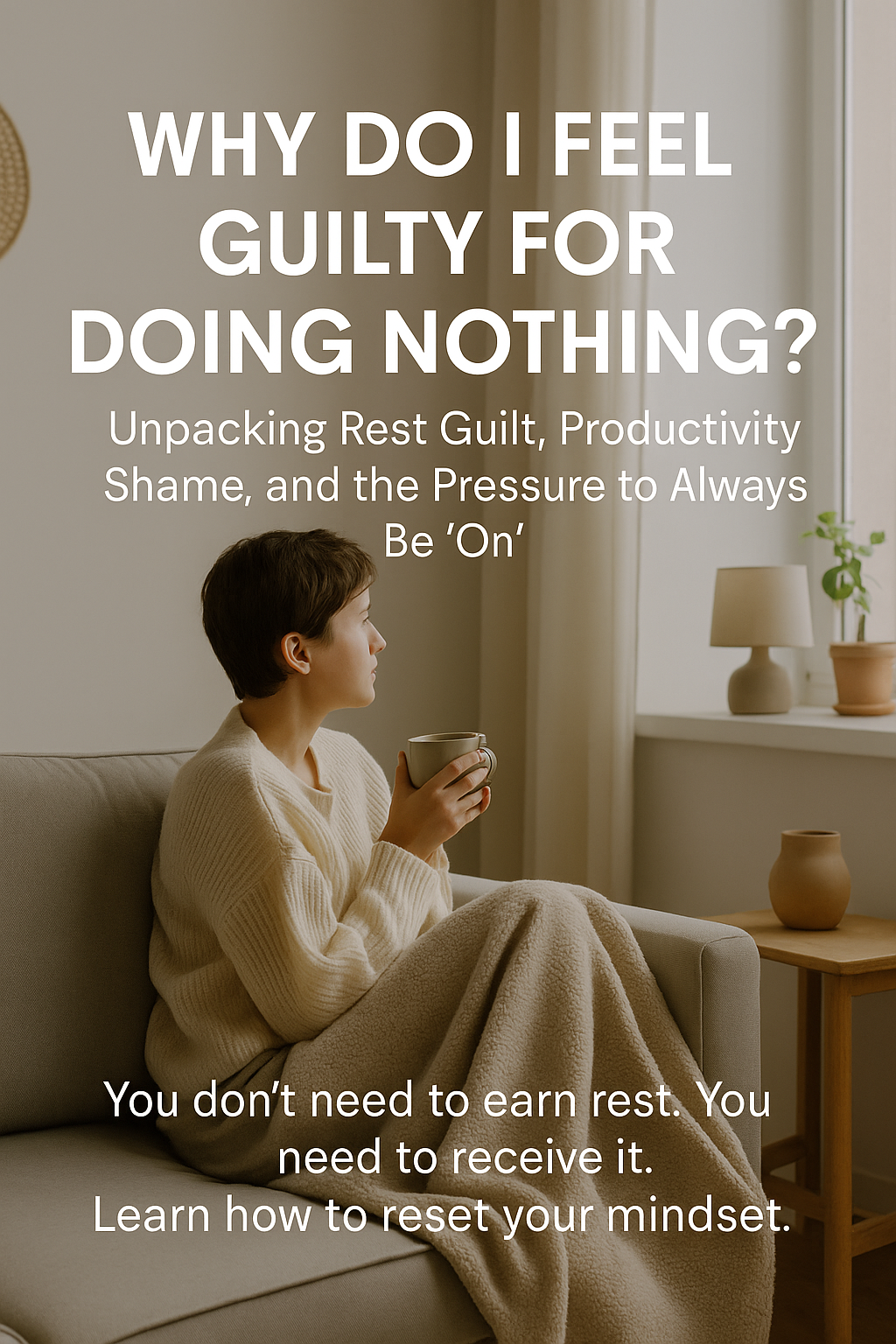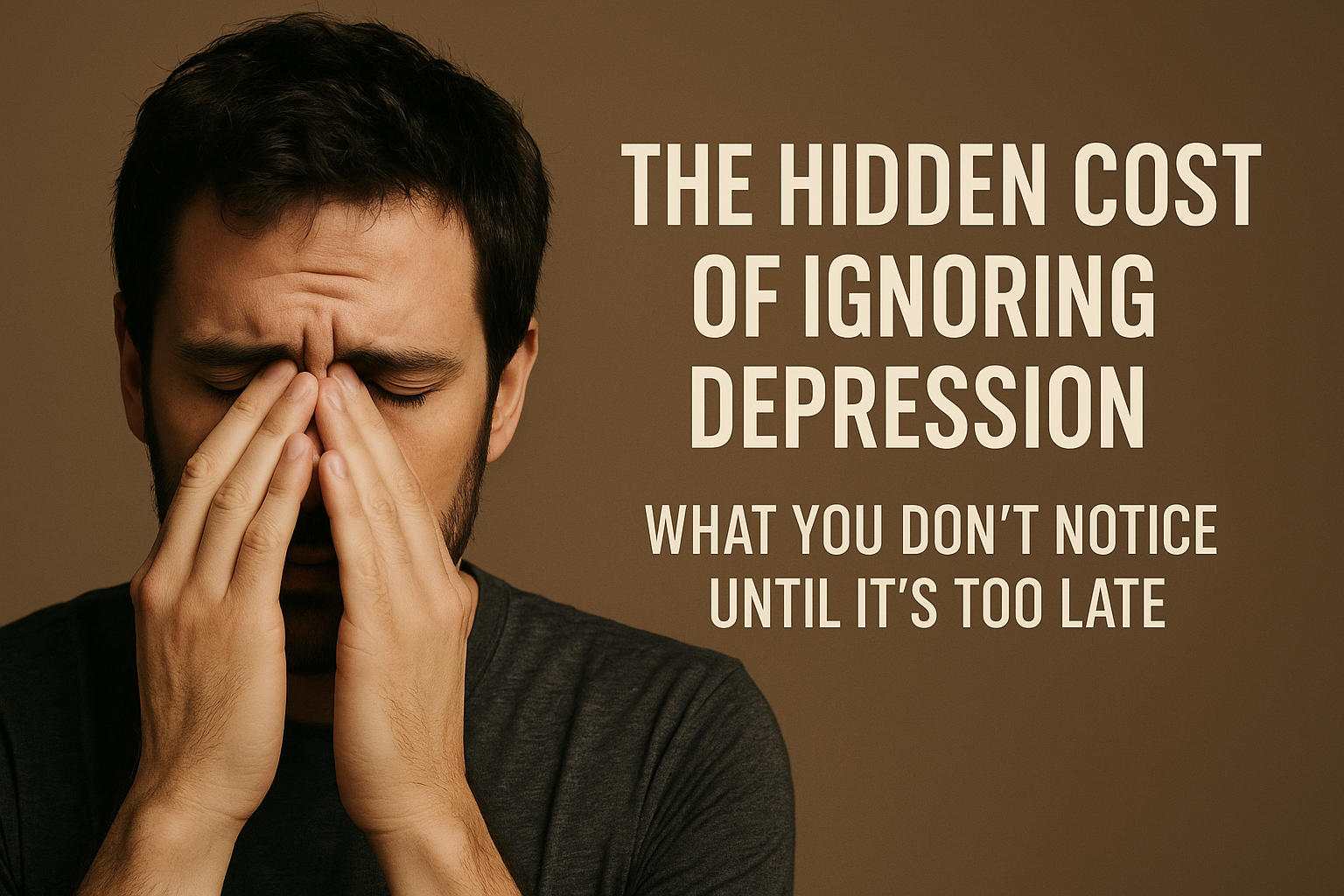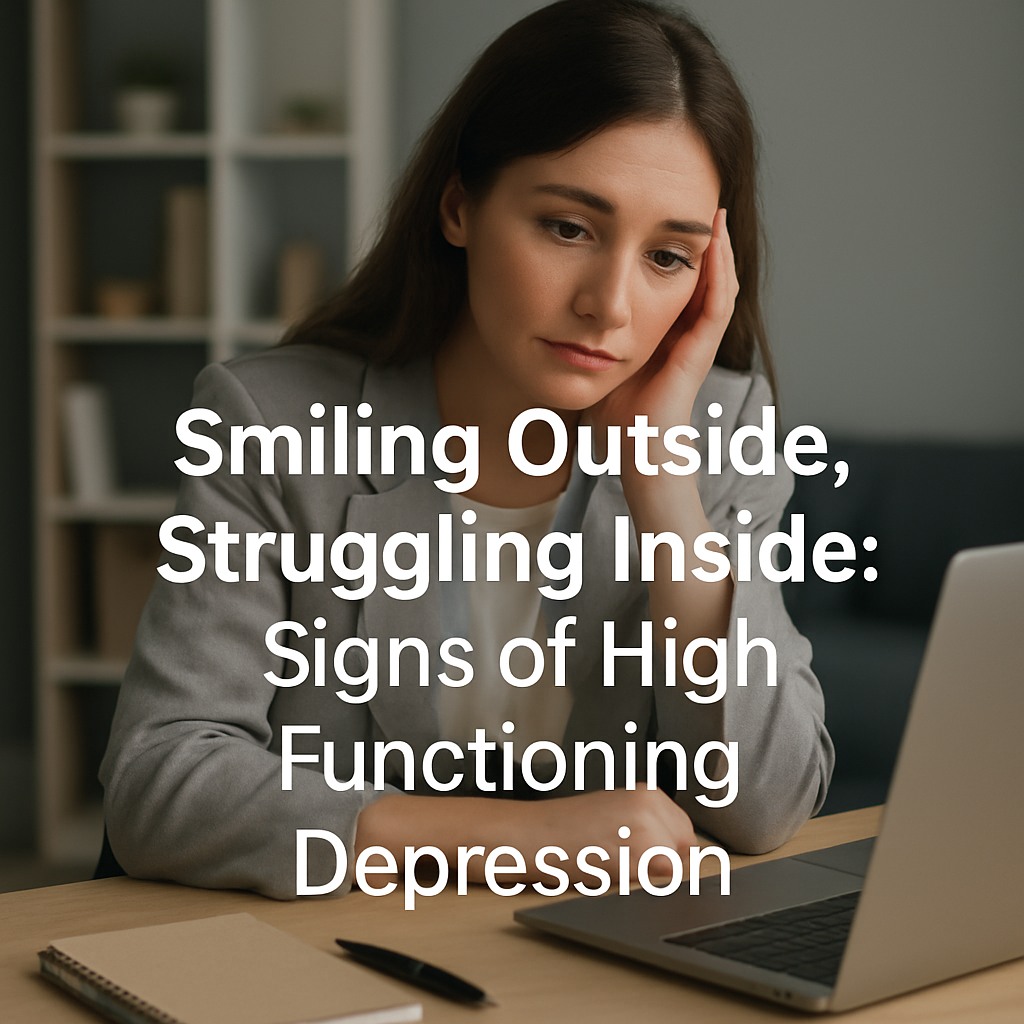DTDF Essentials | Empowering Your Mental Health Through Technology
Attention Deficit Hyperactivity Disorder (ADHD) is often misunderstood as simply being “easily distracted.” But for those living with it, ADHD is a complex neurodevelopmental condition that affects time management, focus, emotional regulation, and memory. Thankfully, today’s tech world is evolving to meet real needs—with some tools making a genuine difference, and others, well… not so much.
At DTDF Essentials, we believe in being honest, human, and helpful. So here’s our no-fluff take on what tech actually helps with ADHD—and what to avoid.
What Actually Helps
1. Noise-Canceling Headphones
Affiliate disclosure: This post includes affiliate links. I may earn small commission if you purchase through them, at no extra cost to you
If you have ADHD, background noise can completely hijack your brain. Noise-canceling headphones like Sony WH-1000XM5 Buy from Amazon or Bose QC45 Buy from Amazon are lifesavers during focus sessions. Pair them with white noise or binaural beats via apps like Brain.fm for best results.
DTDF Tip: Use them during work blocks, but also remember to take breaks. Sensory overload can sneak in quietly.
2. Visual Timers and Time-Blocking Apps
Apps like TickTick, Toggl, or Focus Booster use the Pomodoro Technique to help manage tasks. Visual timers (like Time Timer or Forest app) help you see time passing, which is crucial for those who struggle with time blindness.
What Works: Simple, clean interfaces without too many distractions.
3. Smart Planners with Reminders
Tools like Notion, Trello, or Sunsama help break large tasks into steps. When paired with automated reminders, they reduce the cognitive load of remembering everything. ADHD brains benefit from externalizing thoughts.
What to Look For: Apps that sync with your phone and allow easy drag-and-drop task sorting.
4. Wearables that Nudge, Not Judge
Affiliate disclosure: This post includes affiliate links. I may earn small commission if you purchase through them, at no extra cost to you
Wearable tech like Apollo Neuro, Buy from Amazon Fitbit, Buy from Amazon or Oura Ring Buy from Amazon helps with emotional regulation and stress tracking. These tools remind you to take a breath, stretch, or move—without scolding or shaming you.
DTDF Recommends: Apollo Neuro’s gentle vibrations for calming overstimulation. You feel supported, not micromanaged.
What Doesn’t Help And Might Even Hurt
1. Overloaded Productivity Suites
If an app requires a 10-minute tutorial or a login just to write your grocery list it’s too much. Tools like Evernote or Microsoft OneNote can become clutter traps for ADHD users.
DTDF Truth: ADHD thrives in simplicity. Overcomplicated systems = abandoned apps.
2. Gimmicky “Focus” Apps with Gamification
Some apps try to gamify productivity too much. While planting virtual trees or earning points sounds fun, it can become another distraction. If the app becomes a game, you might forget the task.
3. Smartphones Without Boundaries
Ironically, your phone can be both a tool and a trap. Without digital boundaries (like turning off notifications or using Focus Mode), even the best ADHD app can lose its power.
Final Thoughts from DTDF
Managing ADHD isn’t about fixing yourself it’s about understanding how your brain works and setting up a system that supports you. Technology, when used intentionally, can be an incredible ally.
But remember: the tool is only as helpful as the habits you build around it.
You don’t need a million apps. You just need the right ones and a little grace for the days when it’s hard.
Want to try a simple planner designed with ADHD brains in mind?
👉 Free Download: DTDF ADHD-Friendly Daily Planner Template
